| Femmes Fatales | Oct 31 2022 |

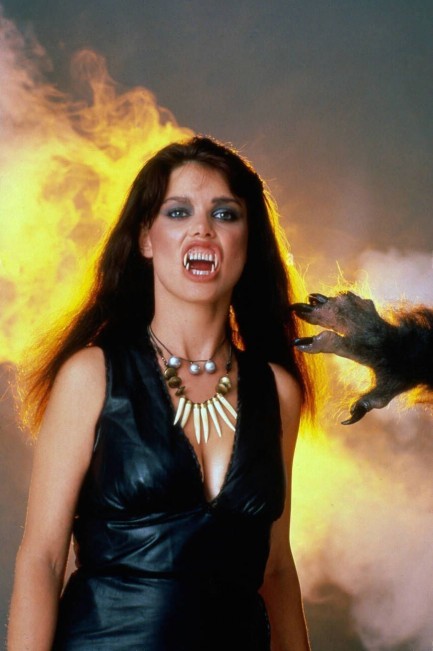
Above: Elisabeth Brooks in character as Marsha from the 1981 horror film The Howling, which remains one of the better werewolf movies ever made, thanks to its unique vision and practical effects. For werewolves, every day is sort of like Halloween, so we think they'd prefer maybe July 4th or Christmas as holidays or festivals go. Sort of makes sense, right? The same way Santa probably prefers spring break. Anyway, this shot is a slight variation on one we shared several years ago. You can see that, and read a bit about The Howling, at this link.
| Modern Pulp | Jun 22 2020 |

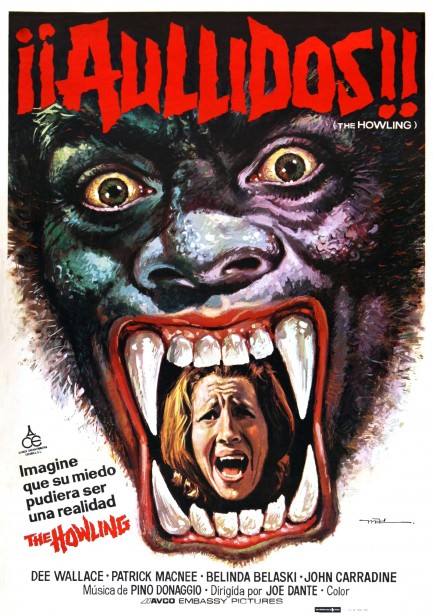
| Modern Pulp | Nov 15 2018 |

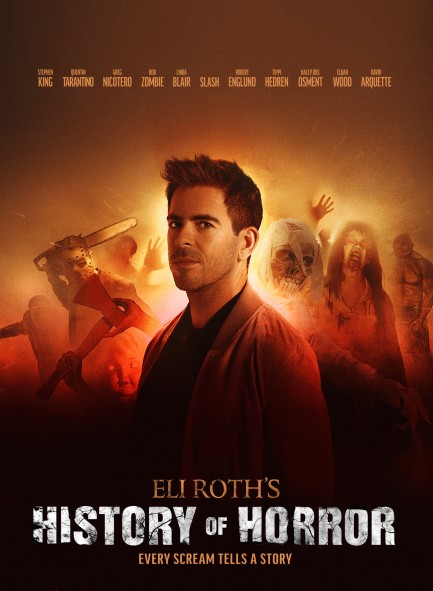
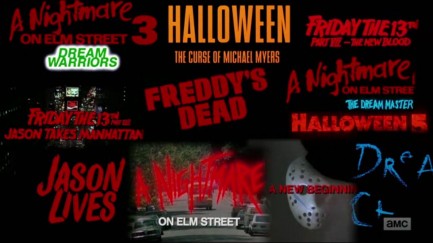
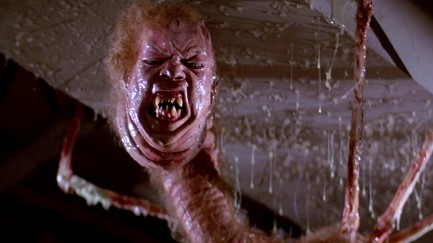
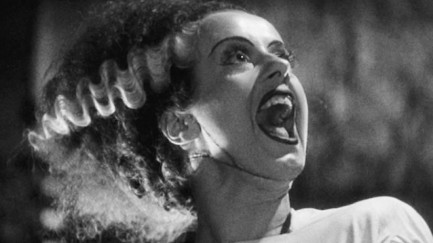
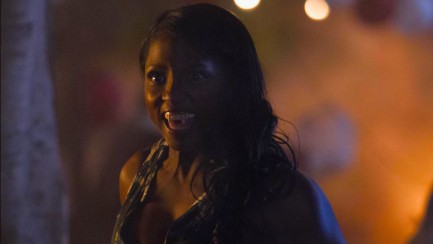 the tension that results from not knowing—usually, at least—which characters will survive. We love how the films' kinetic and often low budget natures lead to amazing little accidents, such as the bit in The Texas Chainsaw Massacre when Leatherface grabs Teri McMinn on the porch of his house and both the girl's sandals fly off. That sort of detail isn't in a script. It happens during the shoot, and the director thanks the filmic gods for the extra iota of serendipitous realism.
the tension that results from not knowing—usually, at least—which characters will survive. We love how the films' kinetic and often low budget natures lead to amazing little accidents, such as the bit in The Texas Chainsaw Massacre when Leatherface grabs Teri McMinn on the porch of his house and both the girl's sandals fly off. That sort of detail isn't in a script. It happens during the shoot, and the director thanks the filmic gods for the extra iota of serendipitous realism.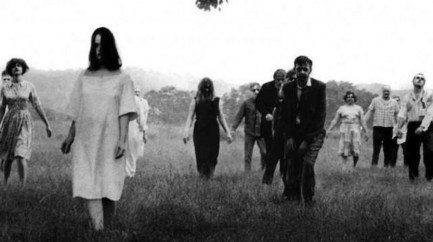
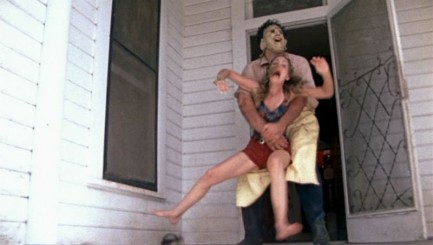
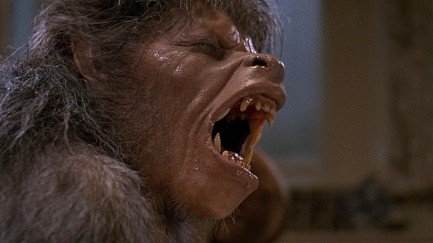
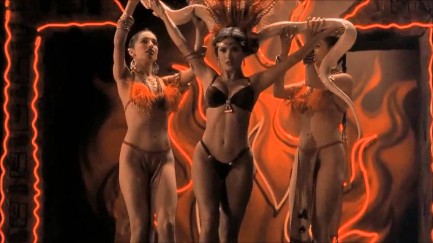
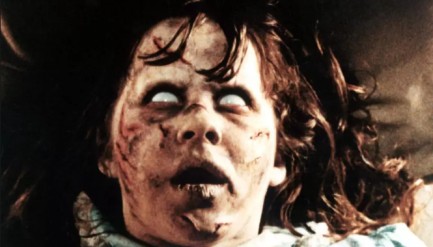 has shown it to be better and more influential than The Lost Boys, which was discussed at length. If you doubt that, note that Near Dark's critic score on Rotten Tomatoes is 88%, while Lost Boys' is 27%. Critics are often wrong, especially when it comes to horror, but that level of variance is no fluke. And just to settle the argument, the audience rater on that website also prefers Near Dark. We suspect either box office receipts or Roth's personal preference played a role there, when quality should have been the deciding factor.
has shown it to be better and more influential than The Lost Boys, which was discussed at length. If you doubt that, note that Near Dark's critic score on Rotten Tomatoes is 88%, while Lost Boys' is 27%. Critics are often wrong, especially when it comes to horror, but that level of variance is no fluke. And just to settle the argument, the audience rater on that website also prefers Near Dark. We suspect either box office receipts or Roth's personal preference played a role there, when quality should have been the deciding factor.But we were gratified to see that many of our cherished beliefs were echoed by Roth and his co-hosts Rob Zombie and The Walking Dead producer Greg Nicotero. Yes, the towering werewolf from The Howling is the scariest ever put on screen. Beyond a doubt, John Carpenter's The Thing, which was close to universally panned upon release, is a top tier thriller. We're anticipating the segment on ghosts, the focus of Sunday night's series finale. We imagine these were saved for last because viewers are most interested in the subject, a curiosity that derives from the fact that many people actually believe ghosts exist. We expect the episode to discuss such old and new classics as The Haunting, The Shining, The Ring, and The Woman in Black. We'll see. But no spoilers, please. If you're in the States you can watch it before we do, whereas we'll have to (totally legally, we swear) download it the next day. But whenever you watch it, the show has been a nice treat for horror aficionados.

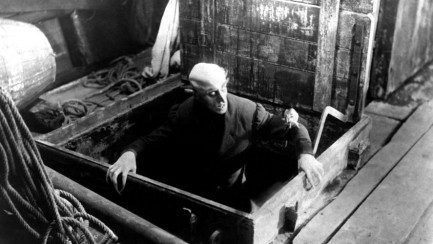
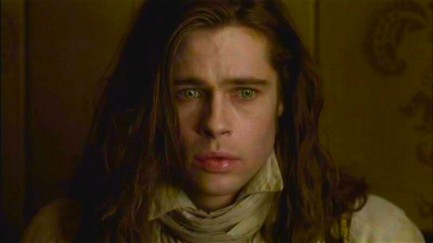
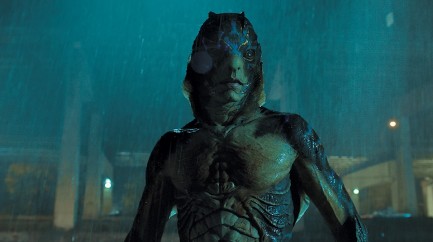
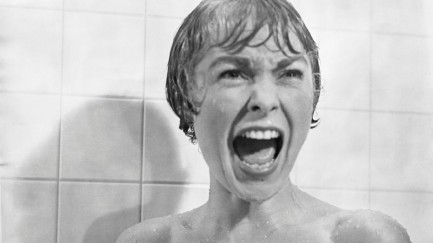
| Modern Pulp | Jul 30 2017 |

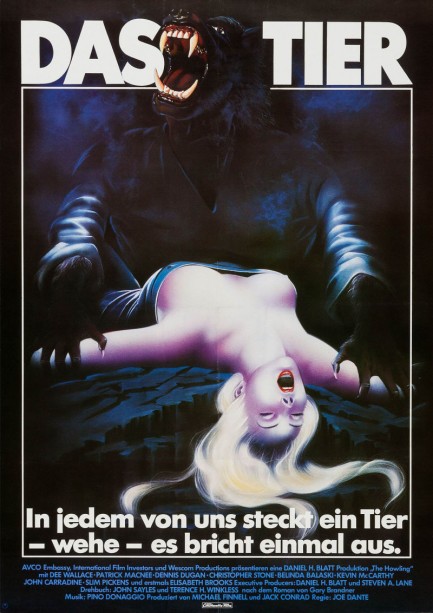
Above, a West German poster for Joe Dante's groundbreaking werewolf movie The Howling, which we discussed in detail back in May. We found the art on this promo rather weird and thought it would be a worthwhile share. The movie premiered in West Germany as Das Tier—The Animal—today in 1981.
| Modern Pulp | May 23 2017 |

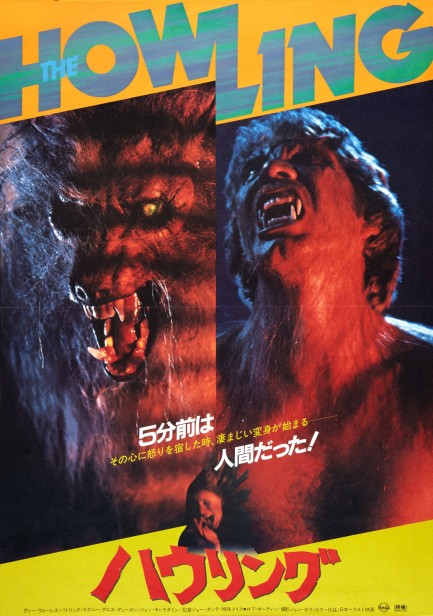
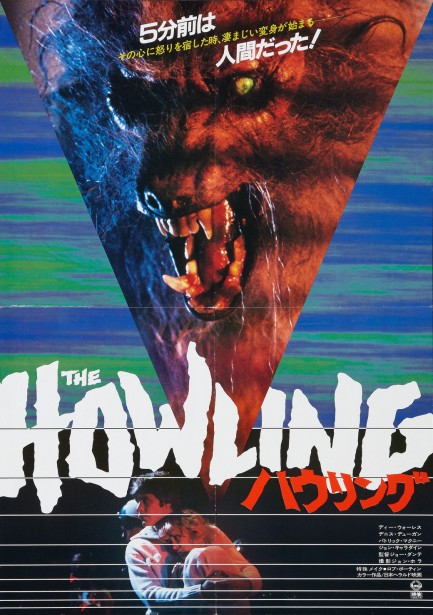
Above you see two colorful Japanese posters for The Howling, Joe Dante's 1981 werewolf thriller starring Dee Stone, Patrick Macnee, and Invasion of the Body Snatchers hero Kevin McCarthy. As werewolf movies go, The Howling was a bit of a gamechanger simply because the principle werewolf was more terrifying than any that had been put on screen to that point. It looks more than anything like a ten-foot tall Wile E. Coyote, with a long crooked snout, and devilish ears that stick out from its head like horns. Covered with wiry hair and perched upon long canine legs like a walking dog, the brute physicality of this beast is cringe inducing. On the other hand, the ancillary werewolves might make you laugh. The filmmakers obviously wanted to genderize the creatures, which led to the idea of making the female wolves somehow cute. Instead they end up looking like Ewoks. The giallo-styled soundtrack might also be jarring for modern audiences. We love it, even though it's right in your face like doggie breath.
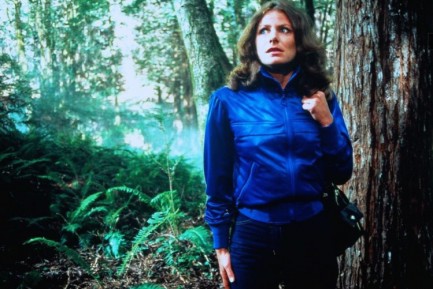 In retrospect, maybe this solo hiking trip wasn't the best idea. Oh well, I'll be fine. But next year: Burning Man.
In retrospect, maybe this solo hiking trip wasn't the best idea. Oh well, I'll be fine. But next year: Burning Man.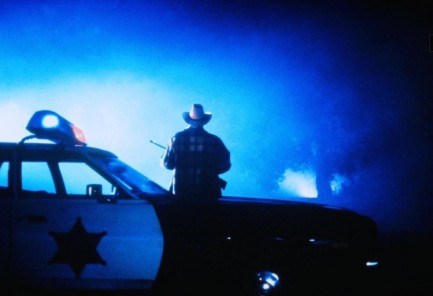 Hmm. So she disappeared down there in that bizarre nimbus of light? I think it's about time for my donut break.
Hmm. So she disappeared down there in that bizarre nimbus of light? I think it's about time for my donut break. Okay, okay! Let me just find the leash and we'll go. Geez—sometimes I can't tell who's the owner and who's the pet.
Okay, okay! Let me just find the leash and we'll go. Geez—sometimes I can't tell who's the owner and who's the pet.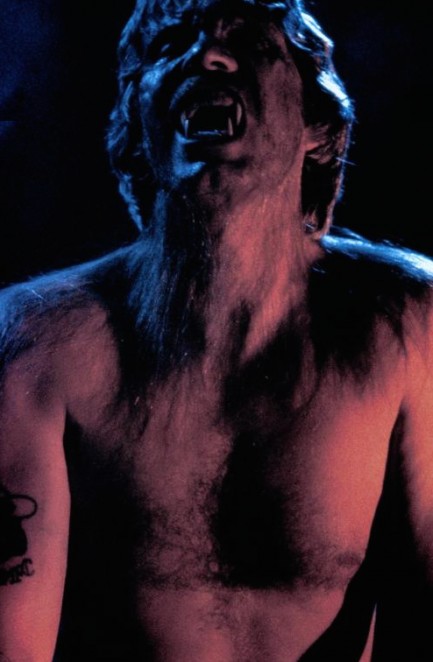 Arooooooo! Bacon! Bacon! Bacon! Baaaaacooooon!
Arooooooo! Bacon! Bacon! Bacon! Baaaaacooooon!
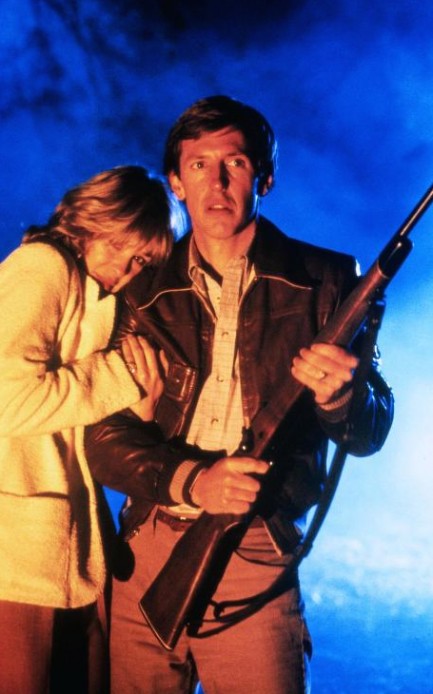 So, you loaded this with the silver bullets, right? Right? Baby, did you hear me?
So, you loaded this with the silver bullets, right? Right? Baby, did you hear me?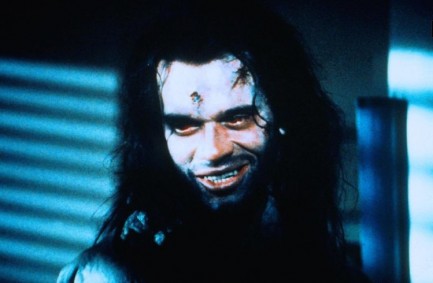 Well, the thing is, werewolfing helps me relax. Fronting my speedmetal band is really stressful.
Well, the thing is, werewolfing helps me relax. Fronting my speedmetal band is really stressful.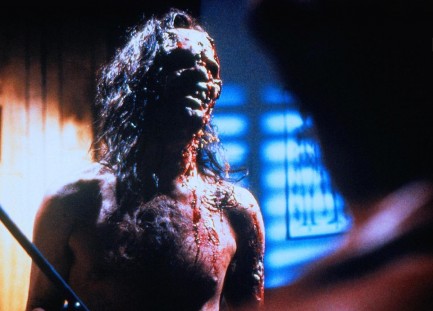 I think the night went bad after the third Jäger shot. Could be worse, though. Garth got a tribal tattoo on his calf.
I think the night went bad after the third Jäger shot. Could be worse, though. Garth got a tribal tattoo on his calf. Man, these beasts are seriously horr— Whoa. Single white werewolf at twelve o'clock. Bitch got some fucked up teeth but I can work with that.
Man, these beasts are seriously horr— Whoa. Single white werewolf at twelve o'clock. Bitch got some fucked up teeth but I can work with that. | Femmes Fatales | May 18 2012 |

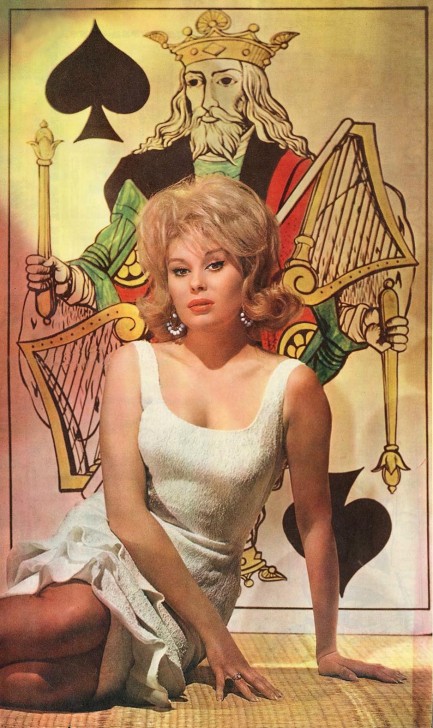
Above, a shot of French actress Silvia Solar, aka Geneviève Couzain, who appeared in the films Night of the Howling Beast, The Wicked Caresses of Satan, Death and Diamonds, and other cult classics, from 1957 to 1992. This shot dates from 1963. Solar died today last year, aged 71.
| Vintage Pulp | Feb 13 2009 |

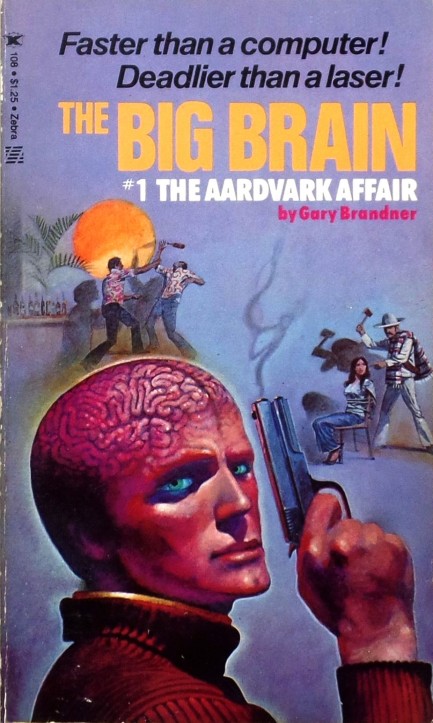
The Big Brain series, written by Howling author Gary Brandner, with the debut entry The Aardvark Affair coming in 1975, concerns a secret agent with x-ray intelligence—which is to say, he’s so smart he can tell what you're thinking. This is doubtless an advantage when he plays Texas Hold 'em or goes on a date, but you're probably wondering how a secret agent can possibly survive his enemies when all they have to do is grab a big handful of that soft brain matter and sling it against the nearest wall like strawberry Jell-O. Well, sad to say, the cover art takes a bit of creative license—lead character Colin Garrett is, in fact, be-skulled. We know—it's a serious a letdown. We were really looking forward to him having a seizure after a clumsy waiter spilled a martini in his head.




































































